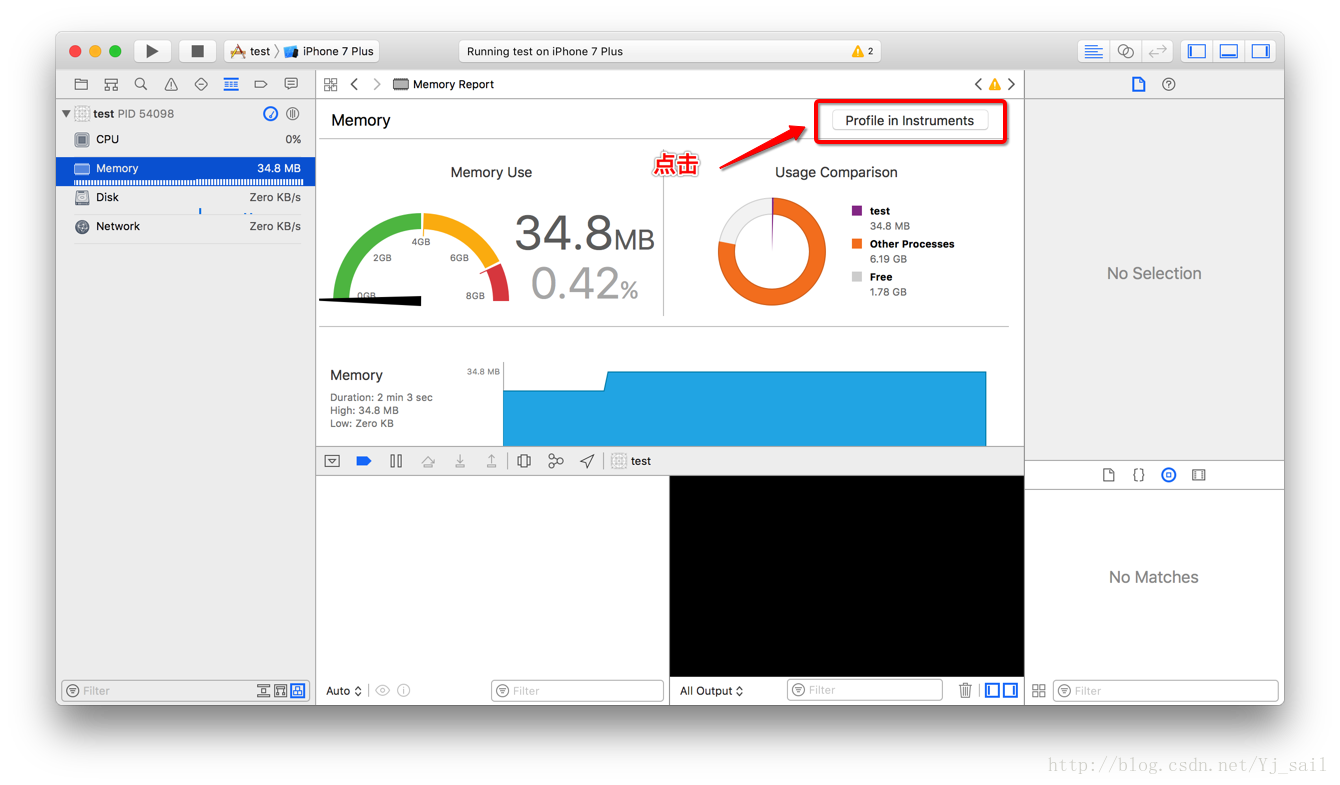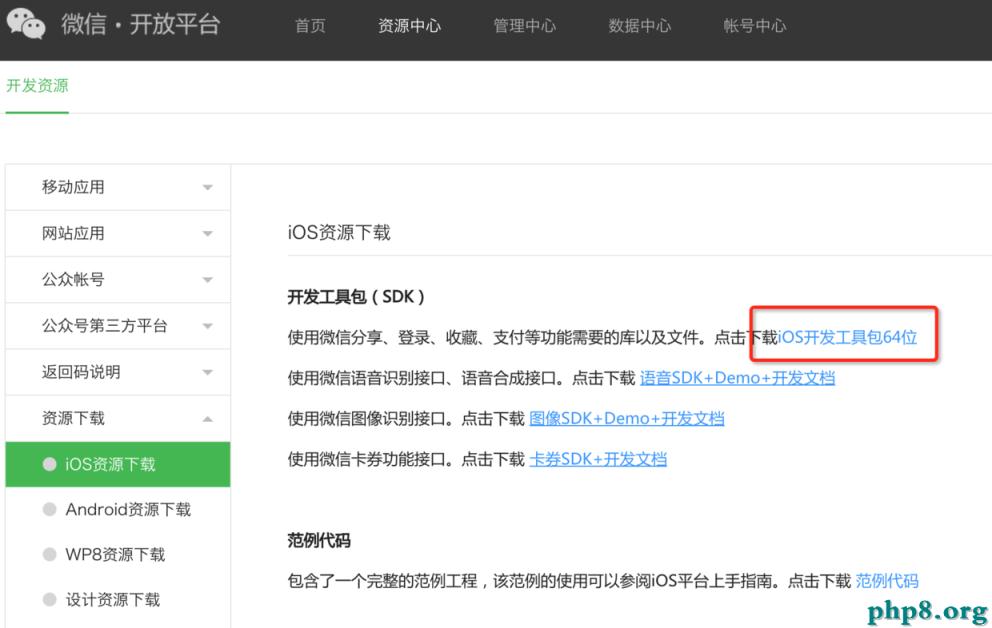IOS UITableViewCell詳解及按鈕點擊事件處理實例
編輯:IOS開發綜合
IOS UITableViewCell詳解及按鈕點擊事件處理
今天突然做項目的時候,又遇到處理自定義的UITableViewCell上按鈕的點擊事件問題。我知道有兩種方式,可是突然想不起來之前是怎麼做的了,好記性不如爛筆頭,還是記錄一下吧。
1、第一種方式給Button加上tag值
這裡分為兩種:一種是直接在原生的UITableViewCell上添加UIButton按鈕,然後給UIButton設置tag值,然後在控制器裡的方法裡通過取數據,做界面跳轉等。還是舉個例子吧,省的回憶半天。
- (UITableViewCell *)tableView:(UITableView *)tableView cellForRowAtIndexPath:(NSIndexPath *)indexPath
{
static NSString *identifier = @"Cell";
UITableViewCell *cell = [tableView dequeueReusableCellWithIdentifier:reuseIdentifier];
if (cell == nil) {
cell = [[UITableViewCell alloc] initWithStyle:UITableViewCellStyleDefault reuseIdentifier:identifier];
cell.selectionStyle = UITableViewCellSelectionStyleNone;
}
User *user = _users[indexPath.row];
cell.user = user;
//拍照button
UIButton *photographButton = [UIButton buttonWithType:UIButtonTypeCustom];
photographButton.frame = CGRectMake(221 , 10, 100, 44);
[photographButton setImage:[UIImage imageNamed:@"camera.png"] forState:UIControlStateNormal];
[photographButton addTarget:self action:@selector(photographButtonClicked:) forControlEvents:UIControlEventTouchUpInside];
photographButton.tag = indexPath.row;
[cell.contentView addSubview:photographButton];
return cell;
}
然後在點擊事件中取數據,加信息
- (void)photographButtonClicked:(UIButton *)sender{
User *user = _users[sender.tag];
PhotoPickerController *photoPicker = [[PhotoPickerController alloc] init];
photoPicker.user = user;
[self.navigationController pushViewController:photoPicker animated:YES];
}
以上兩個方法都是在同一個控制器中。
2、自定義了UITableViewCell,那麼就在UITableViewCell裡添加一個代理方法。
#import <UIKit/UIKit.h>
@protocol TermCellDelegate <NSObject>
- (void)choseTerm:(UIButton *)button;
@end
@interface TermCell : UITableViewCell
@property (retain, nonatomic) IBOutlet UIButton *checkButton;
@property (retain, nonatomic) IBOutlet UILabel *termLabel;
@property (assign, nonatomic) BOOL isChecked;
@property (assign, nonatomic) id<TermCellDelegate> delegate;
- (IBAction)checkAction:(UIButton *)sender;
@end
#import "TermCell.h"
@implementation TermCell
- (void)awakeFromNib
{
// Initialization code
}
- (void)setSelected:(BOOL)selected animated:(BOOL)animated
{
[super setSelected:selected animated:animated];
// Configure the view for the selected state
}
- (void)layoutSubviews
{
[super layoutSubviews];
if (_isChecked) {
[_checkButton setBackgroundImage:[UIImage imageNamed:@"task_state_checked"] forState:UIControlStateNormal];
} else {
[_checkButton setBackgroundImage:[UIImage imageNamed:@"task_state_unchecked"] forState:UIControlStateNormal];
}
}
- (void)dealloc {
[_checkButton release];
[_termLabel release];
[super dealloc];
}
- (IBAction)checkAction:(UIButton *)sender {
if ([_delegate respondsToSelector:@selector(choseTerm:)]) {
sender.tag = self.tag;
[_delegate choseTerm:sender];
}
}
@end
然後再控制器中實現Cell的代理方法即可
#pragma mark - TermCellDelegate
- (void)choseTerm:(UIButton *)button
{
_clickIndex = button.tag;
UIAlertView *alertView = [[UIAlertView alloc] initWithTitle:@"確定修改學期嗎?" message:nil delegate:self cancelButtonTitle:@"取消" otherButtonTitles:@"確定", nil nil];
[alertView show];
}
當然,這裡也可以做界面跳轉,取數據依然用button的tag值。
補充:這裡還可以在代理方法中將cell本身傳回去,這樣不用從數組取數據,直接利用cell的數據對象,更簡單吆。
3、是直接在自定義的Cell裡面跳轉,這種耦合性比較強。思路先是找到button的父控制器,然後做界面跳轉或者其他操作。有這樣一個工具方法
#import "UIView+Additions.h"
@implementation UIView (Additions)
- (UIViewController *)viewController
{
UIResponder *next = [self nextResponder];
do {
if ([next isKindOfClass:[UIViewController class]]) {
return (UIViewController *)next;
}
next = [next nextResponder];
} while (next != nil);
return nil;
}
頭文件就不寫了,很簡單的擴展。
- (void)setWeiboModel:(WeiboModel *)weiboModel
{
if (_weiboModel != weiboModel) {
[_weiboModel release];
_weiboModel = [weiboModel retain];
}
__block WeiboCell *this = self;
_userImage.touchBlock = ^{
NSString *nickName = this.weiboModel.user.screen_name;
UserViewController *userCtrl = [[UserViewController alloc] init];
userCtrl.userName = nickName;
[this.viewController.navigationController pushViewController:userCtrl animated:YES];
[userCtrl release];
};
}
這裡是給Cell賦值model,然後點擊事件是用Block實現的。
感謝閱讀,希望能幫助到大家,謝謝大家對本站的支持!
相關文章
+



